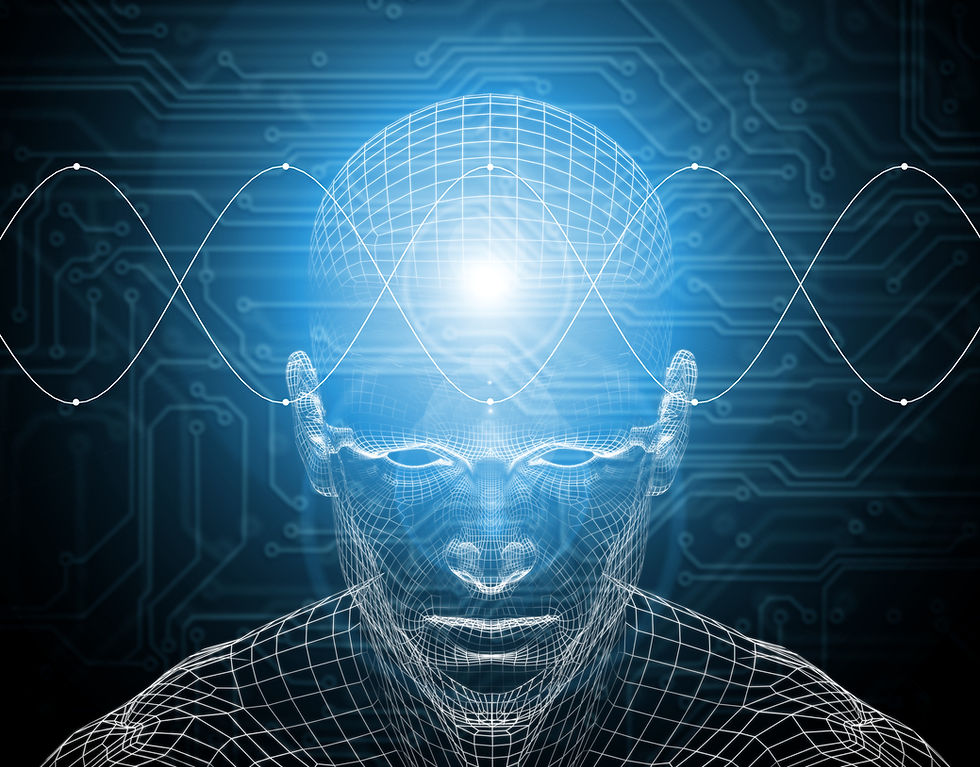
ChatGPT is an advanced language model developed by OpenAI. It is designed to engage in natural language conversations with users and provide relevant and coherent responses. ChatGPT is built upon the transformer architecture, specifically the GPT (Generative Pre-trained Transformer) framework, which has been trained on a vast amount of text data from the internet.
The working mechanism of ChatGPT involves two main steps: pre-training and fine-tuning. During pre-training, the model learns to predict the next word in a sentence by analyzing large amounts of text data. This process helps ChatGPT develop a deep understanding of grammar, facts, reasoning abilities, and even some world knowledge.
After pre-training, fine-tuning is performed using a more specific dataset that includes demonstrations of correct behavior and comparisons to rank different responses. This step helps align the model’s behavior with human values and ensures it provides useful and safe responses.
Key features and capabilities of ChatGPT include:
Conversational Ability: ChatGPT is designed to hold dynamic conversations with users across various topics. It can understand context, maintain coherence, and generate relevant responses based on the given input.
Language Comprehension: The extensive pre-training allows ChatGPT to understand complex sentence structures, idiomatic expressions, and nuanced meanings in text inputs.
Creative Writing: ChatGPT can generate imaginative text passages like stories or descriptions when prompted with open-ended requests.
Answering Questions: It excels at providing factual information by answering questions based on its training data. However, it may not always have access to real-time information or verify sources.
Language Translation: While not its primary function, ChatGPT can assist with language translation tasks by converting text from one language to another.
Unique aspects that set ChatGPT apart from other chatbot models include:
Large-scale Training: The transformer architecture used in ChatGPT allows it to process vast amounts of training data effectively, resulting in improved language understanding and generation capabilities.
Contextual Understanding: By considering previous messages in a conversation as context, ChatGPT can generate more contextually appropriate responses than traditional chatbots that treat each message independently.
Flexibility in Prompting: Users can guide the conversation by providing initial instructions or specifying desired output formats for more control over the generated response.

Commentaires